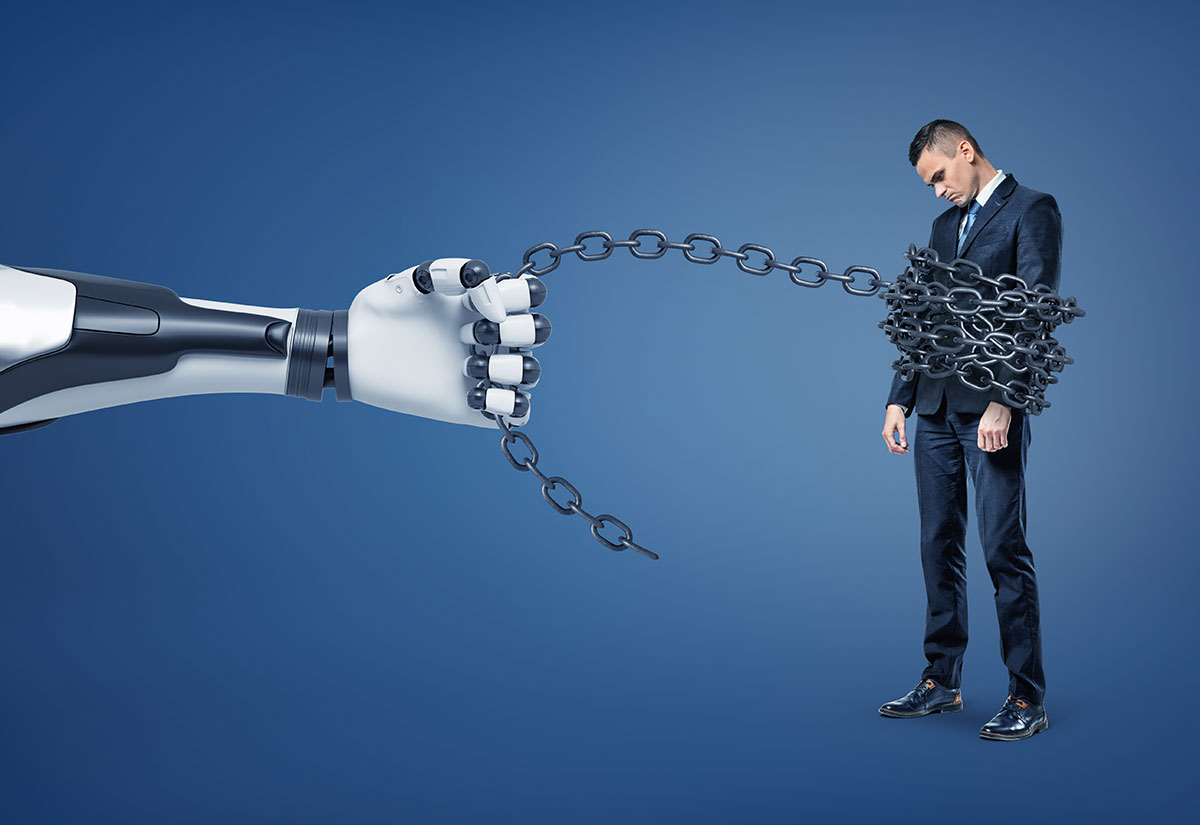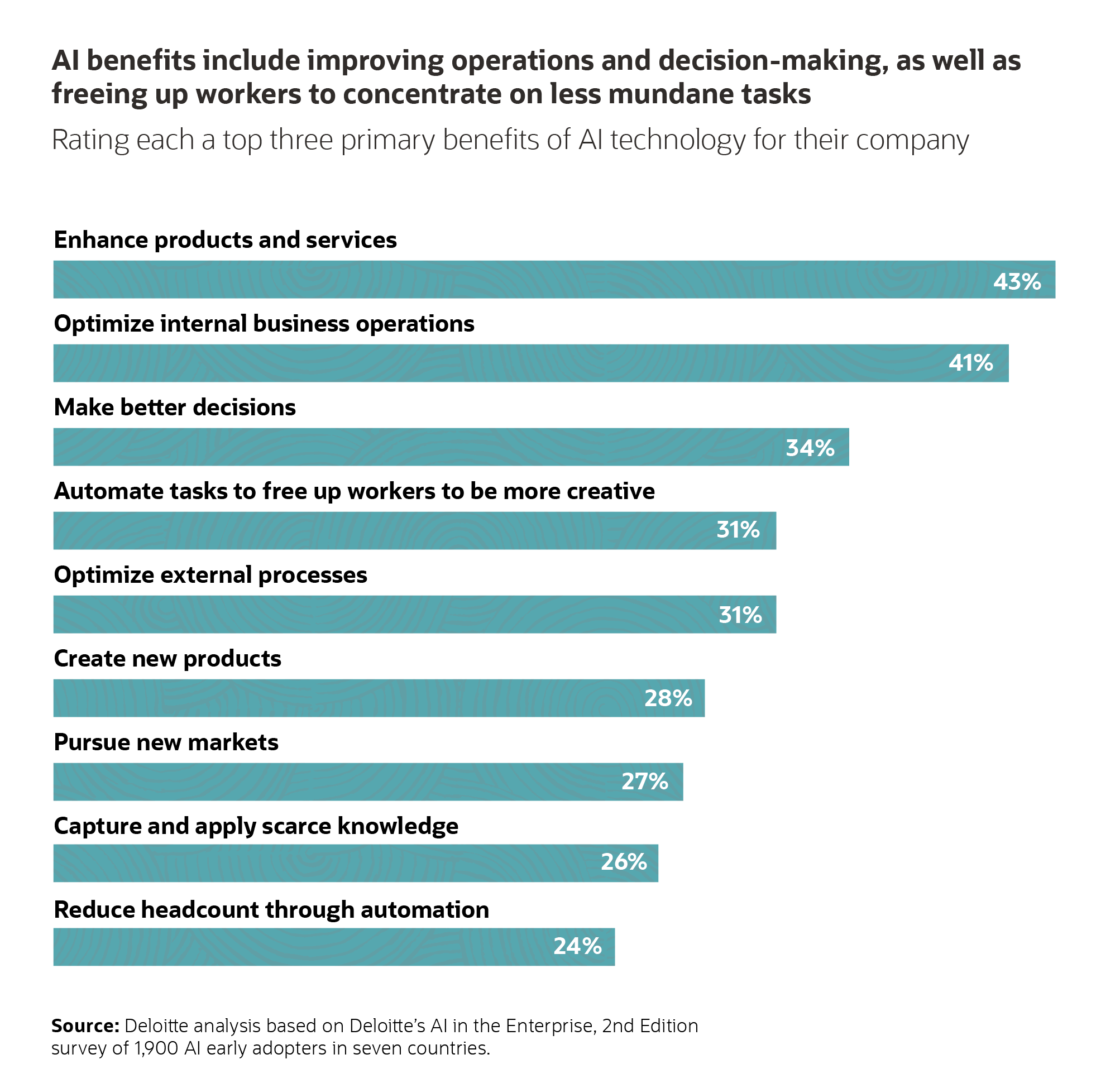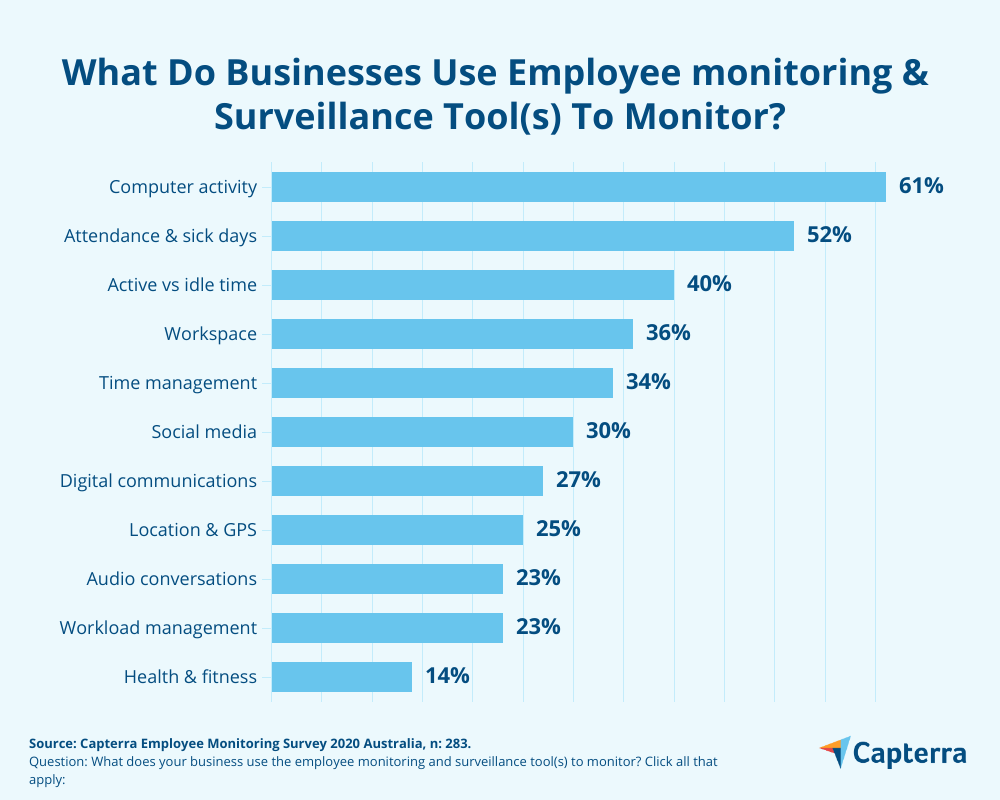Discussions about how to incorporate Artificial Intelligence (AI) into the workforce have been going on for a while. AI is becoming more and more common in a variety of areas, from customer service to financial analysis, as technology develops. One illustration of how AI is quickly altering the nature of work is the recent invention of AI algorithms that can write news articles.

The argument about the role of AI in the workplace and whether its incorporation is a good or bad thing for the future of employment has been reignited by this revelation. On the one hand, AI has the potential to automate 50% of all tasks, which would lighten workloads and boost productivity. On the other hand, more surveillance and control brought on by AI also threatens human jobs, as well as security and privacy. To ensure that both technology and the workforce have a bright future, it is critical that we reevaluate the role of AI in the workplace in light of these worries.
AI creating lazy, dependent babies?
Experts and professionals worldwide are becoming increasingly concerned about the implementation of artificial intelligence (AI) into the workplace, with some worried that it may cause people to be less motivated, less skilled, and less capable of using critical thinking. While AI promises to increase productivity and free up workers’ time to focus on more important duties, worries about the possible drawbacks of an overreliance on technology have followed its growing presence in the workplace.
A study published in the journal iDisorder found that excessive technology use can lead to decreased motivation and attention span, while another study linked heavy technology use to reduced creativity and problem-solving skills. These results imply that excessive reliance on technology may have detrimental impacts on workers’ cognitive functioning and motivation.

Additionally, if AI becomes more prevalent in the workplace, workers may become unduly dependent on AI systems to complete everyday tasks, which might lead to a loss of skills and motivation. There may be less demand for some jobs if workers rely too heavily on AI systems and struggle to think critically and solve problems. As a result, there may be severe negative effects on the workforce, such as reduced income and job losses.
However, it is crucial to remember that not all applications of AI are bad for workers. In fact, it has been discovered that AI systems that offer help and direction rather than carrying out tasks boost levels of motivation and engagement. For instance, a study published in the journal “Computers in Human Behavior” indicated that employees who used AI systems for decision-making reported increased levels of motivation and engagement compared to those who did not. This shows that thoughtfully evaluating the role of AI in the workplace is vital for maximizing its benefits, and that well-designed AI systems could have a positive influence on the workplace.
AI has recently been in the news because of its prospective effects on the workplace. For instance, the author of a recent Forbes article highlights the significance of finding a balance between the advantages of AI and the possible drawbacks of over-relying on technology in the workplace. It is essential to carefully assess AI’s function at work and create systems that support and mentor people rather than replace them if we want to make sure that it improves the future of employment. By doing this, businesses can maximize AI’s advantages while minimizing any potential drawbacks. Due to the ongoing growth and development of AI, it is crucial to take into account the potential negative effects of greater reliance on technology and to make sure that the implementation of AI in the workplace is done in a way that enhances rather than devalues employees’ abilities and motivation.
Automation, or fully autonomous?
In the past years, automation of work processes has become more accessible than ever before due to AI. Deloitte has surveyed 1900 early adopters, of which 43% believe that AI benefits enhancing products and services, and 41% mentioned optimizing internal business operations. These are quite high numbers, especially when also looking at an article published by McKinsey in 2018 stating that “About half of the activities (not jobs) carried out by workers could be automated”. Additional benefits are creating more time for employees to get creative, reducing mental health problems related to stress, and more.

Sounds great, doesn’t it? But does that mean that we can – and that we should – use automation everywhere? There are also some downsides to giving away work to AI in order to automate. One of the biggest arguments is the decision-making part of automation. Copy-pasting forms can be automated easily with low risks, but what about situations where human lives are (in)directly at risk, for example? Harvard Business Review has explicitly written an article touching upon this subject.
They give mention to recent cases where it became clear that AI is not ready yet to make decisions, such as the Uber self-driving cars, recruitment bias and even giving bad advice to the point that an AI chatbot suggested someone commit suicide in an experimental healthcare case. We are of the opinion that, for now, there must always be a human to accept or deny any suggestions an AI will make. How such a model could look is clarified on the right. This model shows how machines can present possible actions using AI, but that human judgment should still decide business choices.

Job (in)security: micromanaging and surveillance
When being at work, job security is a very important subject, and AI can become a big part of this discussion too. On the one hand, especially when looking at automation, AI can be a very useful tool to make someone feel more at ease at work. Examples mentioned before are reducing stress in order to help with mental health problems, but also managing your calendar so that an employee does not have to focus on making time, but using your time to the fullest.
On the other hand, these programs and systems can also lead to increased surveillance and privacy concerns. Capterra has reflected upon the different ways of having surveillance at work through a survey. When looking at these tool, most of them can be controlled and (micro)managed using AI. If these programs become more accessible and less intrusive to implement, perhaps an employee might feel like every step and keystroke they make will be surveilled. We should stop and think: is that a ‘safe’ workspace that we want to create?

Another example of this way of micromanaging is the so-called ‘productivity score’ created by Microsoft. This is a system that combines all of your Office 365 work, your Outlook, your calendar, and other programs you use to create a score that indicates how effective you as an employee are. This has received quite a large amount of backlash, specifically due to feeling like a work surveillance system.
Microsoft has been criticised for enabling “workplace surveillance” after privacy campaigners warned that the company’s “productivity score” feature allows managers to use Microsoft 365 to track their employees’ activity at an individual level.
Alex Hern, The Guardian, 2020
Conclusion
Up until now, the different ways in which Artificial Intelligence can support, but also negatively impact the future of work have been discussed. We as a society should re-evaluate the role of AI in the work field, in order to preserve the future of work. It sounds like a dream, but is that dream ready for us? Are these AI systems ready, and do we know how we should implement those? Sounds like we need to get to work first.


